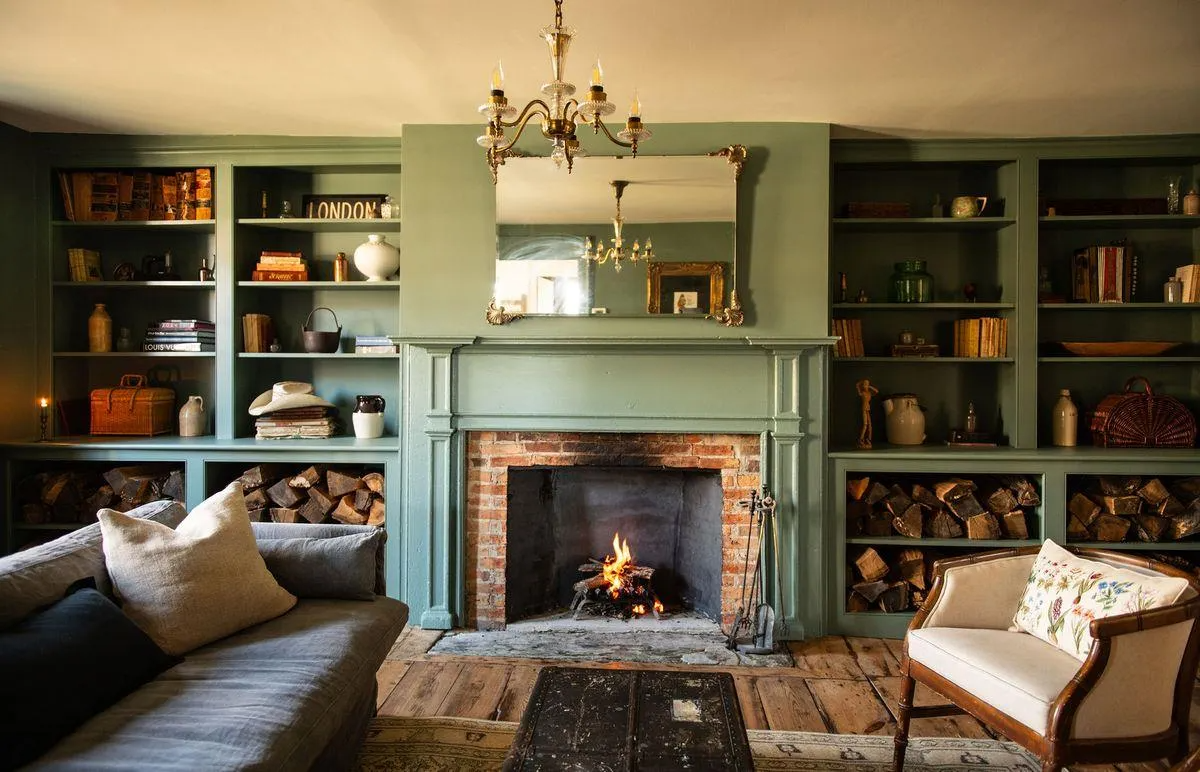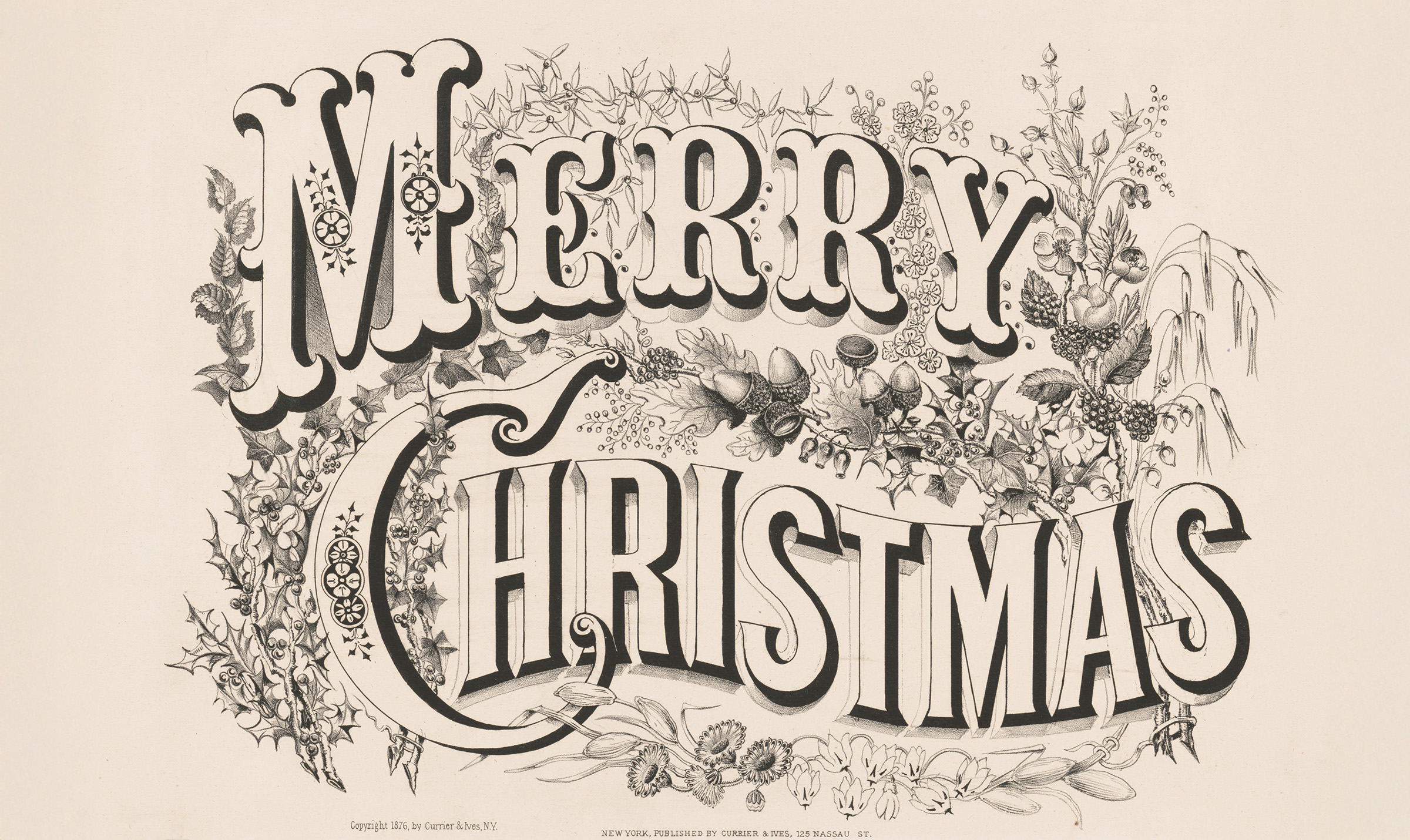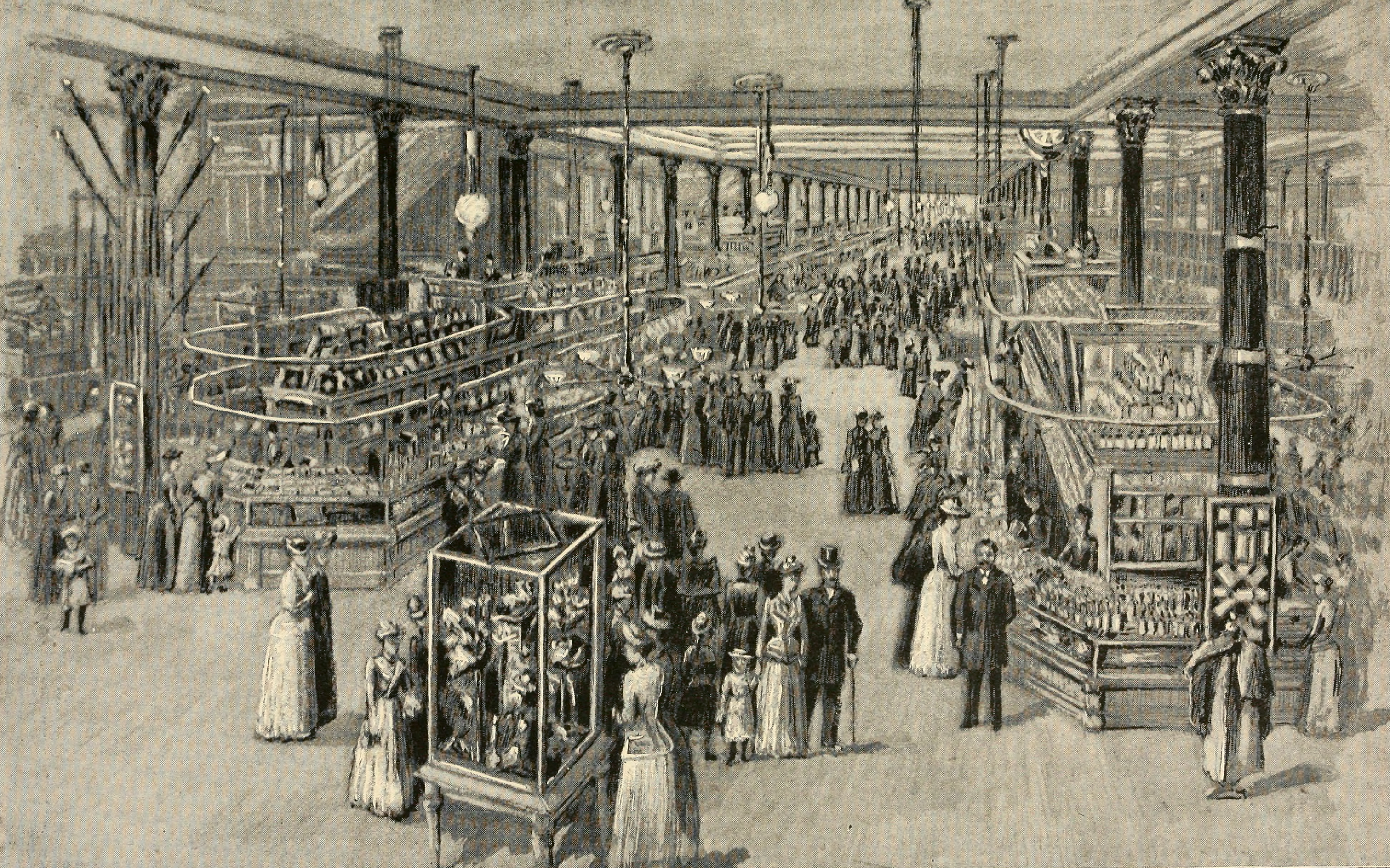Building of the Day: 182 Gates Avenue
Brooklyn, one building at a time. Name: Mt. Zion Tabernacle, originally Irving Music Hall, then Third Unitarian Society of Brooklyn, then Cornerstone Baptist Church. Address: 182 Gates Avenue Cross Streets: Corner of Irving Place Neighborhood: Clinton Hill Year Built: At least by 1883, Rebuilt as a church in 1886 Architectural Style: Romanesque Revival Architect: Original…

Brooklyn, one building at a time.
Name: Mt. Zion Tabernacle, originally Irving Music Hall, then Third Unitarian Society of Brooklyn, then Cornerstone Baptist Church.
Address: 182 Gates Avenue
Cross Streets: Corner of Irving Place
Neighborhood: Clinton Hill
Year Built: At least by 1883, Rebuilt as a church in 1886
Architectural Style: Romanesque Revival
Architect: Original architect unknown, repurposing as church: William B. Tubby
Other buildings by architect: In Clinton Hill: Charles Pratt Mansion, Clinton Ave. Pratt Free Library, Pratt Institute Main Building and South Hall, Charles Schieren Mansion, Clinton Avenue, plus buildings in Bklyn Hts, Park Slope, and elsewhere in Clinton Hill.
Landmarked: No
The story: This one uncovered some surprises, a respected and familiar architectural name, and ties to the legacy of one of Brooklyn’s most important black churches. It’s hard to believe, but this building started out as the Irving Musical Hall, a rather small, one story theater building owned by the Haviland Brothers, successful theatrical entrepreneurs. It was used for everything from dance lessons to church services, lectures to séances. For most of its life, it was also home to the Seventh Ward Republicans, who had their headquarters there. But for all that it was quite well used and occupied, the venue was not financially successful, and was also a bit of an embarrassment to the upper middleclass strivers, there on the outskirts of Clinton Hill. So it came as great relief when it was announced in 1886 that the building had been sold to the Third Unitarian Society of Brooklyn.
The Unitarians had been worshipping in a small church called Unity Temple, on Classon near Lefferts Place, and had outgrown it, but couldn’t afford to build a completely new church. They hired well-known Brooklyn architect William B. Tubby to transform the theater into a proper church. Their choice of architect was fortuitous, as Tubby was making quite a name for himself as one of the architects to the Pratt family, having designed several buildings on the Pratt Institute campus, as well as the magnificent Romanesque Revival mansion for Charles Millard Pratt, eldest son of millionaire oilman, Charles Pratt.
Tubby totally transformed the theater, tearing out the front and side facing Gates Avenue in order to add a Sunday school building with a series of arched windows that tied the building to the new front windows, spire and entrance on the corner. He clad the entire building in brick and used terra-cotta trim in bands to join all of the elements together. The new spire and bell tower sit on clustered columns, supporting the rough cut brownstone base of the tower. The totality of the design would lend one to feel that this had always been a small, but elegant church.
The Unitarians stayed in the building until 1932, when they sold it to Cornerstone Baptist Church. Cornerstone is one of Brooklyn’s oldest African-American congregations, and was begun by a group of people worshipping in people’s homes in 1917, until the church was officially sanctioned in 1920. Their first official church home was this building, which became Cornerstone Baptist Church from 1932 until 1944, when huge growth prompted their move to their present location at Madison Street and Lewis Avenue in Stuyvesant Heights, where they remain, one of New York City’s most powerful and important black churches.
Today, the building is home to the Mt. Zion Tabernacle Church, and still is still a very handsome building in good shape. I always thought someone good had a hand in the design. The scale and details were just too well done. I’m happy to add this church to William Tubby’s impressive list of accomplishments. GMAP









I have long wondered about this interesting church. It is wonderful. Thanks for filling in the blanks. Hope some day the arcade facing Gates can be restored.